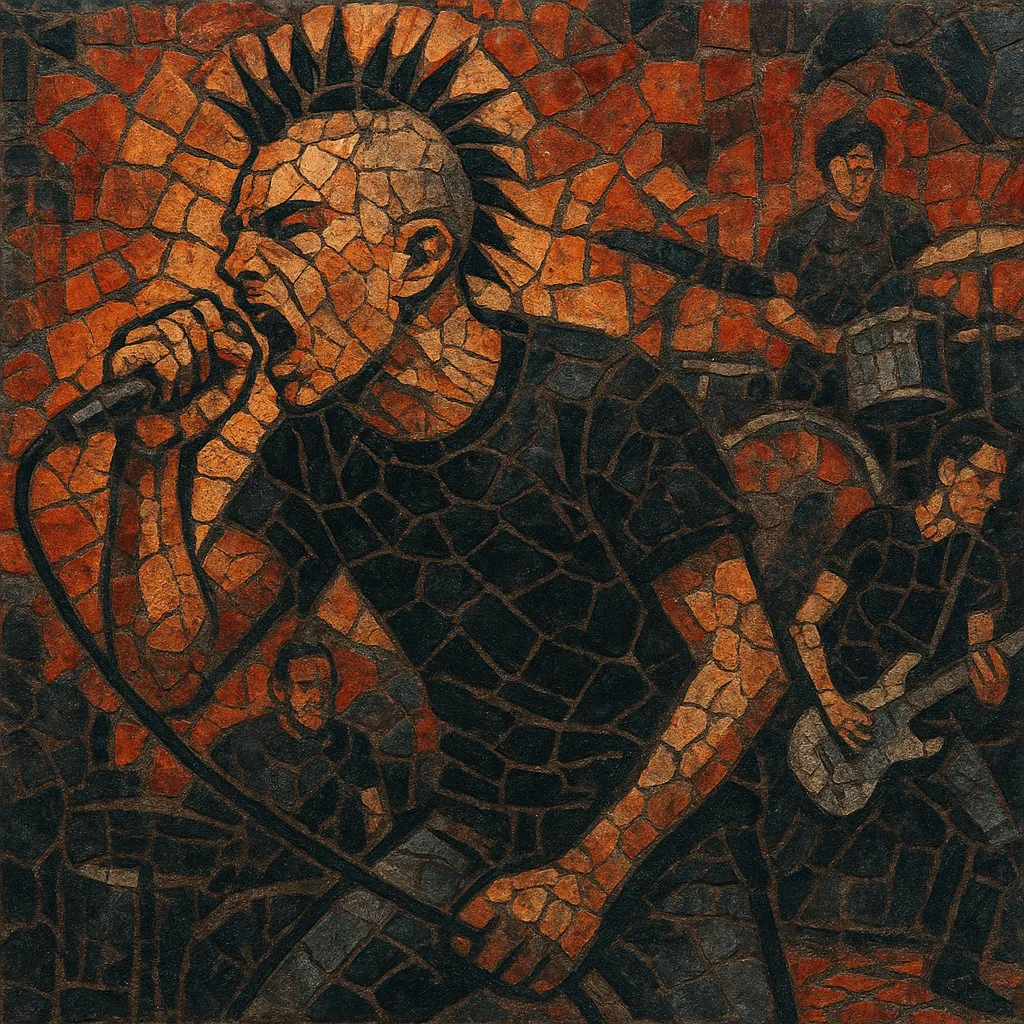Nardcore is a fast, raw, and tightly played regional strain of American hardcore punk that coalesced around Oxnard (nicknamed "the Nard") and greater Ventura County in Southern California.
It is characterized by sprinting tempos, economical song lengths, thrashy palm-muted riffs, driving 2-beat/D-beat drum patterns, barked yet often gang-backed vocals, and lyrics grounded in skate/surf youth culture, local pride, and anti-authoritarian themes. Compared with many contemporaneous scenes, Nardcore bands frequently mix ferocity with a catchy, surf-informed melodicism and no-frills, DIY production that preserves the live, in-the-room energy.
Emerging in the early 1980s, Nardcore grew out of Oxnard and the surrounding Ventura County beach towns of Southern California. Local teens immersed in skate and surf culture formed bands influenced by the speed and aggression of early American hardcore punk while retaining a distinctly coastal SoCal attitude and sense of community.
The term "Nardcore" (a nod to Oxnard) became widely recognized through Mystic Records’ 1984 compilation "Nardcore," which spotlighted a tight network of Oxnard/Ventura bands. That compilation, local zines, DIY venues, and relentless gigging cemented the scene’s identity and connected it to the broader West Coast hardcore map.
Musically, Nardcore bands pushed brisk tempos, concise arrangements, and gang-vocal hooks that translated directly to circle pits and stage dives. The proximity to surf breaks and skate spots informed both the social scene and an undercurrent of tuneful, surf-tinged riffing. The ethos was staunchly DIY: self-booked shows, self-made flyers, independent labels, and a communal, all-ages environment.
Through the late 1980s and 1990s, some groups shifted toward more melodic or crossover-thrash directions, while newer bands carried the Oxnard banner into the 2000s and 2010s. Anniversary shows, documentaries, and new releases have kept the style vibrant. Today, Nardcore is recognized as a defining West Coast micro-scene whose speed, hooks, and community spirit helped shape skate punk, melodic hardcore, and pockets of crossover thrash.
Use a classic hardcore setup: one or two overdriven electric guitars, electric bass, a tight drum kit, and a dynamic, shout-capable vocalist. Keep tones raw—moderate gain, minimal pedals, and little to no studio polish.
Aim for fast tempos (roughly 180–230 BPM). Drums should emphasize 2-beat and D-beat variations, with occasional tom-driven breaks and quick, half-time hits for pit-friendly drops. Keep fills crisp and functional.
Write short, punchy riffs built on power chords and chromatic runs. Favor minor tonalities, palm-muted thrash picking, and open-chord, gang-chant choruses. Inject subtle, surf-tinged motifs (e.g., quick tremolo-picked lines) without diluting the hardness.
Deliver shouted or barked lead vocals with tight, call-and-response gang backups. Lyrics tend toward anti-authoritarian stances, scene unity, skate/surf life, local identity, and day-to-day frustration—concise, vivid, and chantable.
Keep songs compact (often 60–150 seconds). Structure around verse/chorus with a hard stop or quick breakdown. Record live or live-like to capture energy, avoid heavy overdubs, and preserve a gritty, DIY edge. Mix for punch and presence: loud drums, upfront vocals, cutting guitars, and a bass that locks tightly to the kick.
Prioritize immediacy: short sets, minimal banter, high-energy performance, and strong audience interaction (call-and-response and gang-vocal parts).


